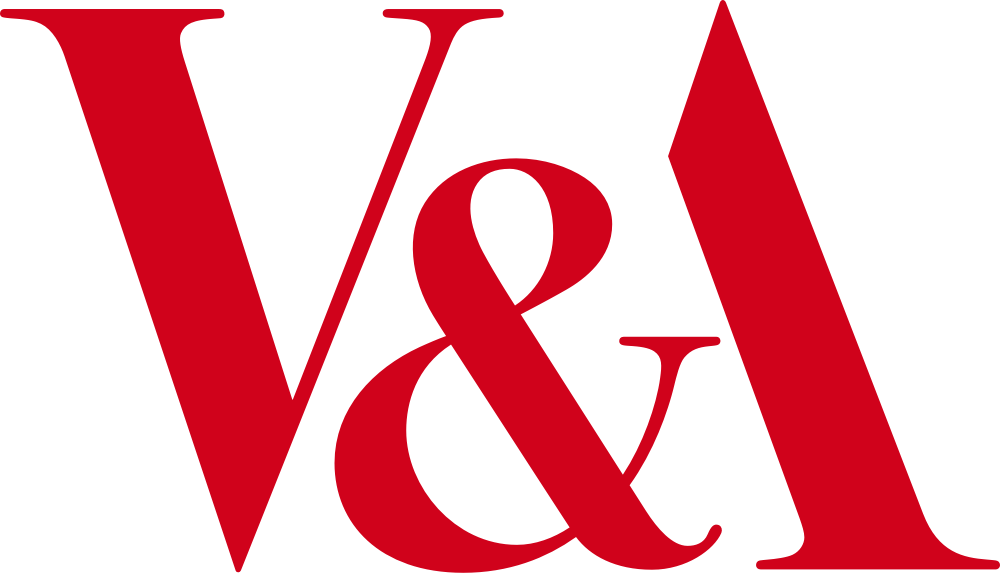Field (Summary)¶
Object records can contain over 60 fields, some of which are simple strings or numbers, some of which are complex data structures that can contain repeating elements and sub fields (which can in turn contain repeating elements and sub fields, and so on). Some of the fields are also vocabulary controlled.
This is a quick guide to some of the most commonly used fields.
Who¶
Artist/Maker¶
The object artist(s) or maker(s) can be person(s), group(s) of people, or organisation(s). The people field is rarely used.
{note}``` All fields that can contain repeating values have field names ending with ‘s’ except artistMakerPerson and artistMakerPeople to avoid confusion over a group of singular people as opposed to a singular group of people.
import requests
req = requests.get('https://api.vam.ac.uk/v2/museumobject/O1288719')
object_data = req.json()
object_record = object_data["record"]
object_record["artistMakerPerson"]
[{'name': {'text': 'Roberts, James', 'id': 'A35975'},
'association': {'text': 'artist', 'id': 'AAT25103'},
'note': ''},
{'name': {'text': 'Thornthwaite', 'id': 'A5568'},
'association': {'text': 'engraver', 'id': 'AAT25165'},
'note': ''}]
object_record["artistMakerPeople"]
[]
object_record["artistMakerOrganisations"]
[{'name': {'text': 'Bells British Theatre', 'id': 'AUTH321344'},
'association': {'text': 'publisher', 'id': 'x32600'},
'note': ''}]
Person Depiction¶
The object can also depict a person, for example a portrait or a cameo.
import requests
req = requests.get('https://api.vam.ac.uk/v2/museumobject/O723924')
object_data = req.json()
object_record = object_data["record"]
object_record["contentPerson"]
[{'text': 'Edward VI', 'id': 'N2176'}]
Associated Person¶
The object can be associated with a person, for example a previous owner or a patron of the artist/maker.
object_record["associatedPerson"]
[{'text': 'Tobias Smollett', 'id': 'AUTH318402'}]
What¶
This returns the type of the object.
object_record["objectType"]
object_record["partTypes"]
[[{'text': 'print', 'id': ''}], [{'text': 'drawing', 'id': ''}]]
However be aware that some objects have more than one physical part (e.g. a Doll’s House, a tea-set, a painting and its frame, etc). You can also see the parts:
for part in object_record["partTypes"]:
# Each part can have more than one name given to refer to the same part.
for part_name in part:
print("The object has a part ''%s'" % part_name["text"])
The object has a part ''print'
The object has a part ''drawing'
object_record["partTypes"]
[[{'text': 'print', 'id': ''}], [{'text': 'drawing', 'id': ''}]]
Where¶
This can be about a few different places relating to the object. It could be the place(s) the object was made, the place(s) the object depicts, or the place(s) the object is associated with.
import requests
req = requests.get('https://api.vam.ac.uk/v2/museumobject/O726512')
object_data = req.json()
object_record = object_data["record"]
Place Made¶
object_record["placesOfOrigin"]
[{'place': {'text': 'Sussex', 'id': 'x41271'},
'association': {'text': 'drawn', 'id': 'x30545'},
'note': 'Location of glass at time of drawing'}]
Place Depicted¶
object_record["contentPlaces"]
[{'text': 'Herstmonceaux', 'id': 'x46537'}]
Place Associated¶
object_record["associatedPlaces"]
[{'text': 'Sussex', 'id': 'x41271'}]
When¶
There are a few different dates relating to an object that might be of interest
Production Date¶
This lists the date(s) associated with the production of an object. For many objects an exact date is not known, so a range is given.
object_record["productionDates"]
[{'date': {'text': 'c.1920s to c. 1930s',
'earliest': '1915-01-01',
'latest': '1943-12-31'},
'association': {'text': 'drawn', 'id': 'x30545'},
'note': ''}]
Accession Year¶
This gives the year the object was accessioned into the museum collection
object_record["accessionYear"]
1943
How¶
How the object was made and what materials was it made from
Techniques¶
This lists the different techniques involved in the production of the object
object_record["techniques"]
[{'text': 'watercolour drawing', 'id': 'x37878'}]
Materials¶
This lists the different materials that the object is made from
object_record["materials"]
[{'text': 'watercolour', 'id': 'x33202'},
{'text': 'indian ink', 'id': 'x32680'}]
You can also retrieve this information in a summary form as a string
object_record["materialsAndTechniques"]
'watercolour and Indian ink'
